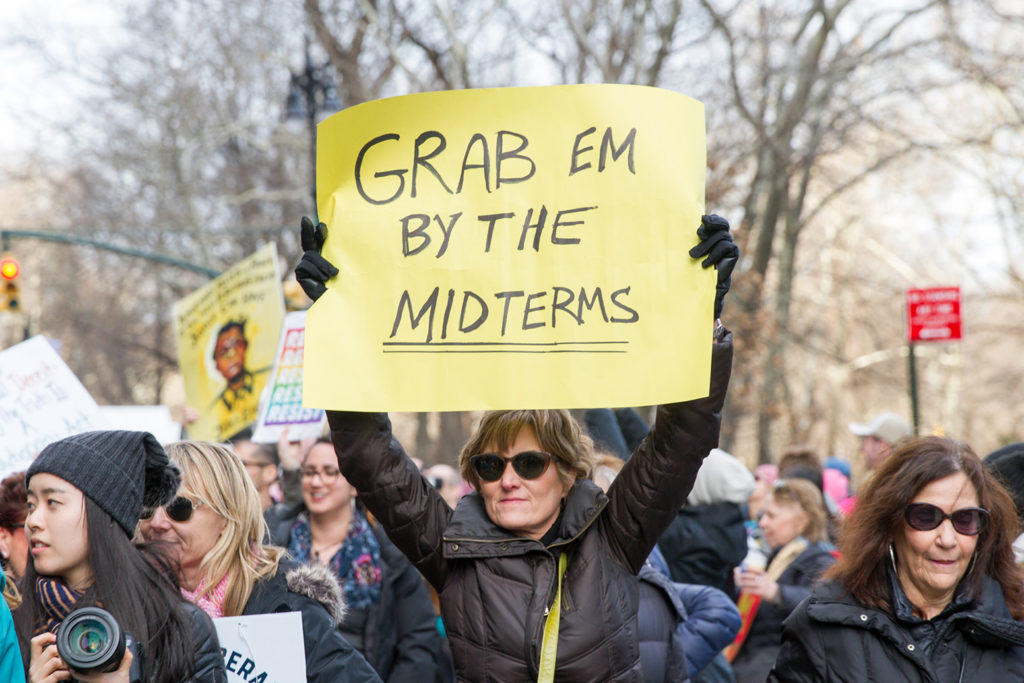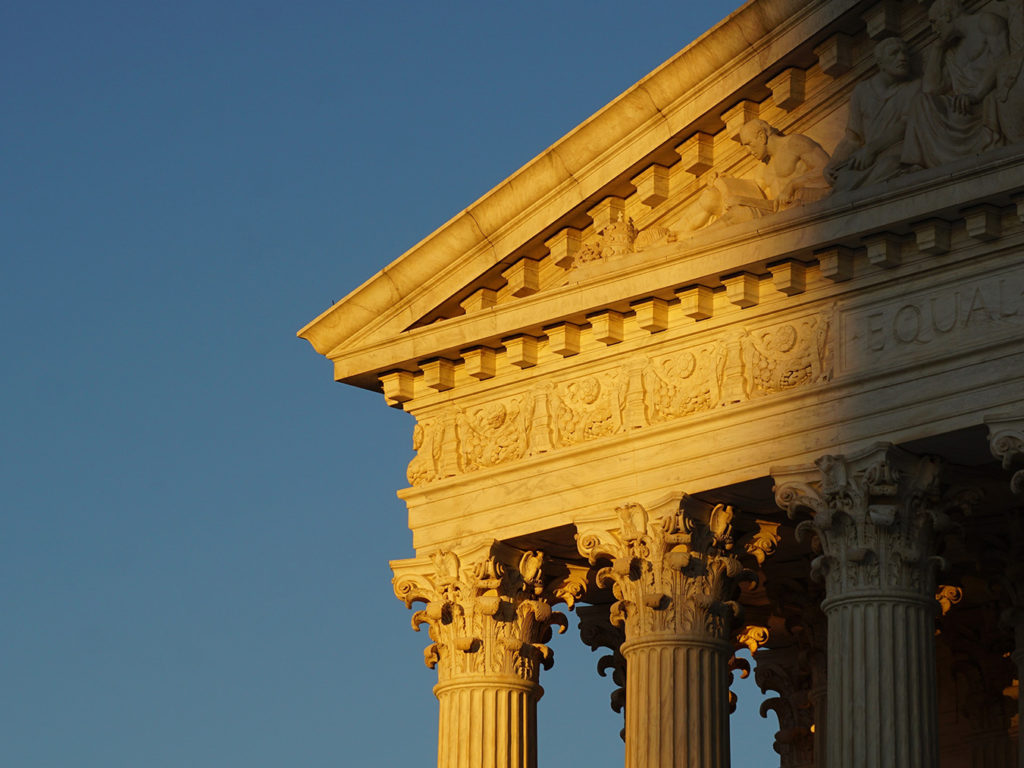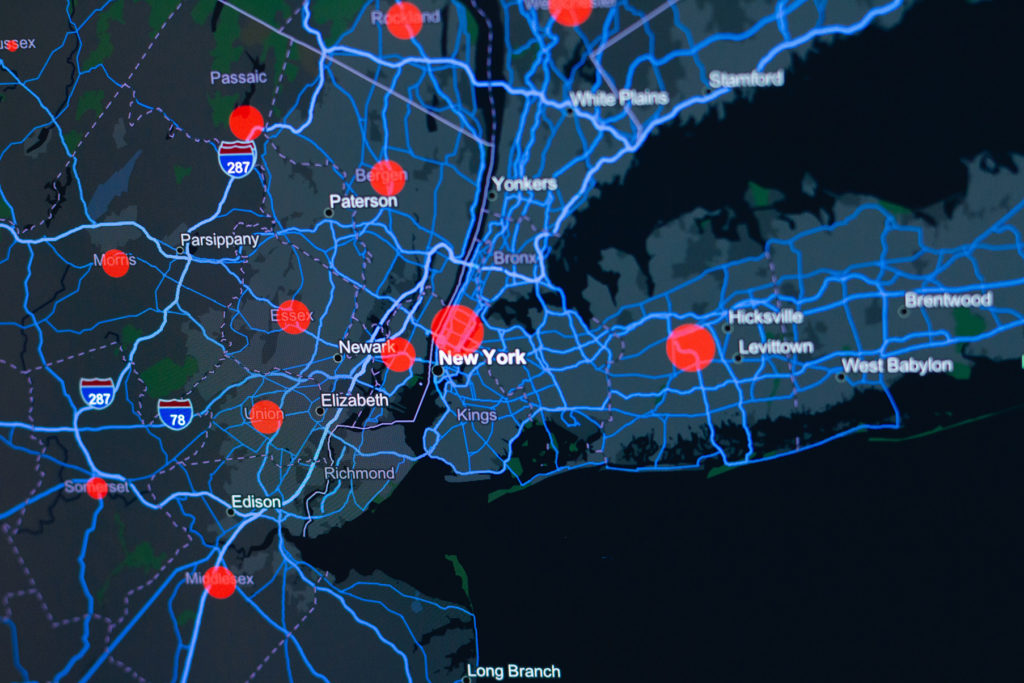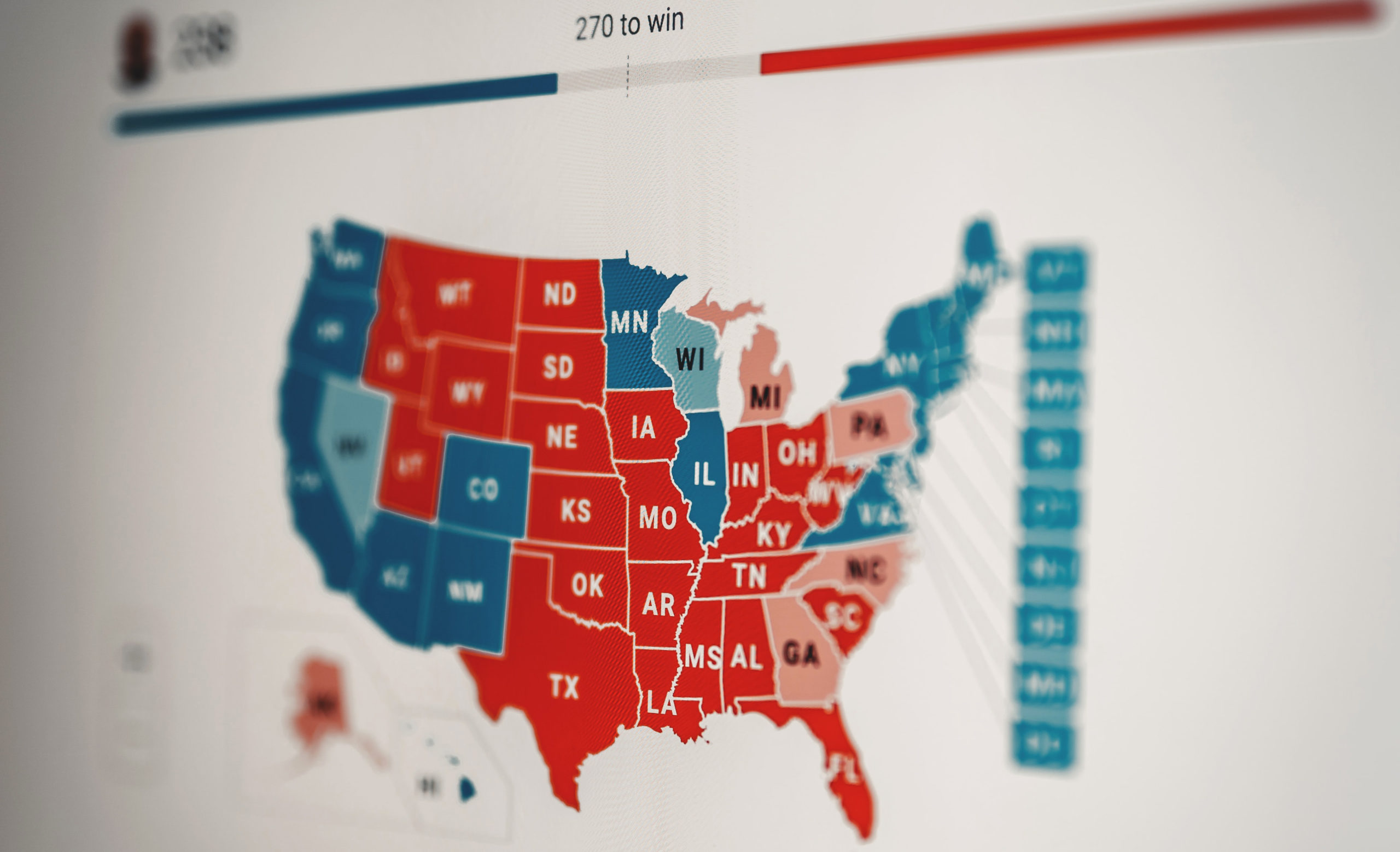It’s an obvious idea. A no-brainer, even. One person, one vote. Every voice given equal weight.
It’s the simplest, most common-sense form of democracy out there. If you were to ask the average person on the street, they’d agree, one person, one vote is a fair system. They might even believe that America’s elections work that way. They’d be very, very wrong.

In addition to the flawed Electoral College (a topic for another day), there is a scourge in American politics, an insidious tool that has increasingly disenfranchised swaths of Americans (unsurprisingly, often people of color) and made the US Congress an utterly feckless body. I’m talking about, of course, gerrymandering.
The recent midterm elections provide a useful window into how gerrymandering can affect election results. As it stands now, despite dire predictions of Democratic doom, President Biden’s party will maintain control of the Senate (possibly even gaining a seat after the Georgia runoff election), and there is a non-zero chance they hold the House. More than likely, the GOP will end up with the lead there by anywhere between one and ten seats. All in all, not the predicted “Red Wave”; barely even a red trickle.
But that doesn’t mean Democrats “overcame” gerrymandering. In reality, without the practice, the Dems likely would have held the House, ensuring a government trifecta that could have helped Biden push an even more ambitious agenda. Instead, we’re probably headed toward two years of gridlock.
So, how did gerrymandering hurt the Dems in 2022? Let’s start in Louisiana where an explicitly racist redistricting map was struck down by a Federal court earlier this year. That map eliminated a district that would have been predominantly Black (and, thus, likely Democratic), giving white voters a disproportional voice in the state. The court rightly deemed it unconstitutional.

Nonetheless, the US Supreme Court’s conservative bloc (can we just call them Republican Judges?) permitted the map to stand for this election. The reasoning? The Court intends to take up racial gerrymandering in the future with a case out of Alabama. They didn’t want to preempt that (likely bad) decision. Yet, in March, this Court had no problem striking down a Wisconsin map deemed too favorable to Black voters. The clear message: Racial gerrymandering is fine unless it helps minority voters.
At best, a less racist map in Louisiana probably only would have given the Dems one extra seat in the House, but considering how close the final tally is going to be, and given the fact that a similar situation occurred in Alabama, and it becomes clear that every seat counts. But the bigger issue is that it’s stripping the political voice away from Black (and other minority) voters.
And then there’s Florida where Governor Ron DeSantis has also been engaged in racial gerrymandering. Even though a circuit court declared his map, which dismantled two predominantly Black districts, unconstitutional, the Florida Supreme Court allowed it to remain. In the 2022 midterms, three Democrats lost seats, including Al Lawson, a Black congressman whose original district was chopped up by the new map; conversely, Republicans gained four seats. Again, it’s just a few seats, but if a racially gerrymandered map gave Republicans even one seat, it might have gifted the House to the GOP.

There’s one example of gerrymandering done wrong: New York. In what is generally a safely “blue” state, Democrats attempted to create a new, more favorable district map. Instead, the state court struck it down. How did that happen? Simple. The former governor, Andrew Cuomo, a Democrat, appointed conservative judges to the court. The result: New York swung to the right, one of the few bright spots for Republicans in 2022. (Cuomo was also the governor who allowed the then Republican-led state legislature to draw up a GOP-friendly districting map in 2012.)
Am I saying I would be happier if the Democrats were as good at gerrymandering as Republicans? No, because gerrymandering is a blight on our political system, no matter who uses it. It has to go.

